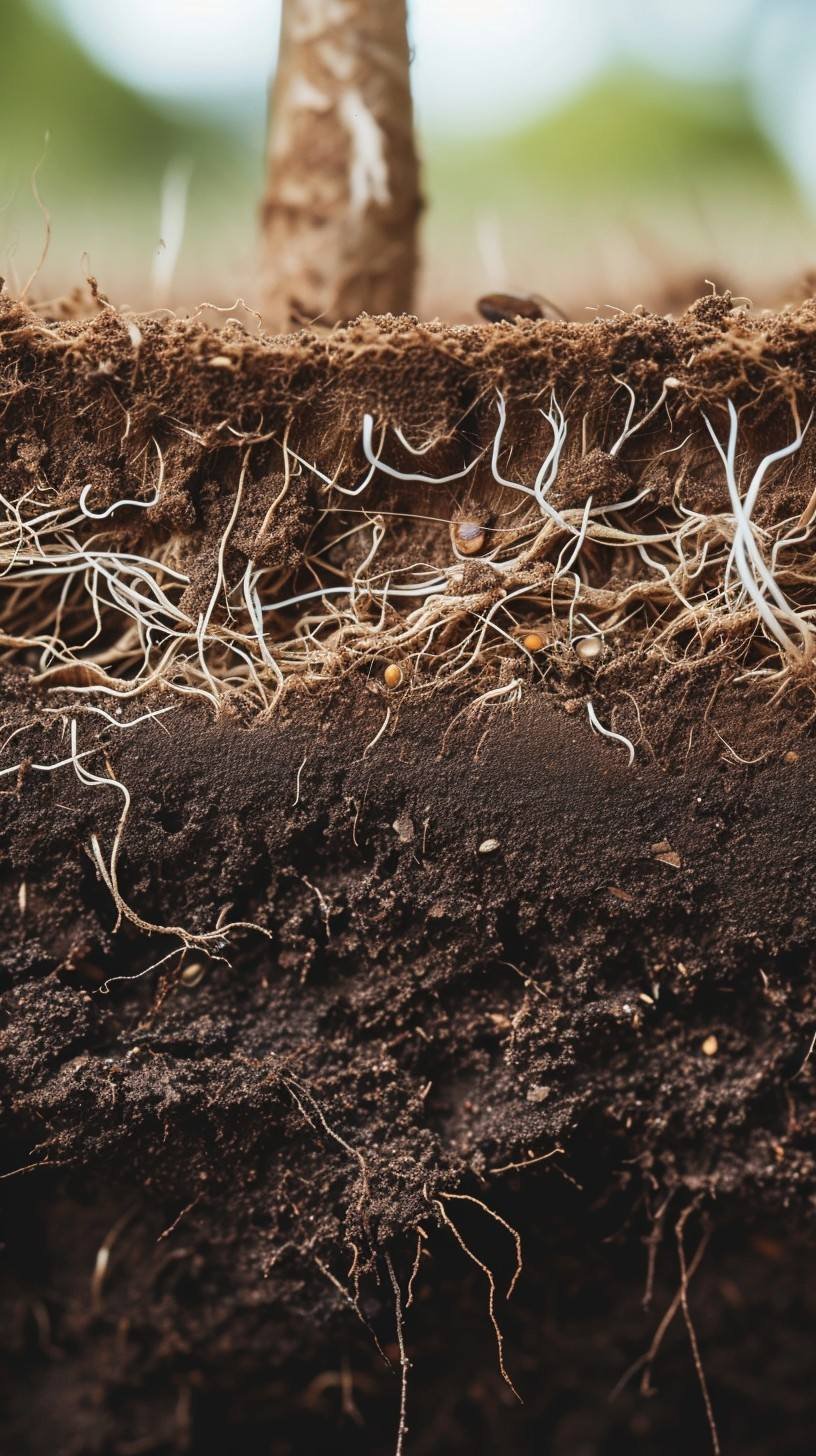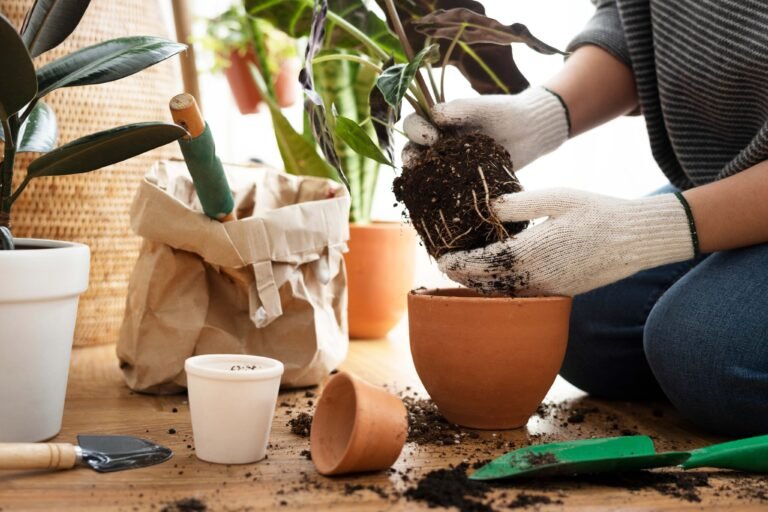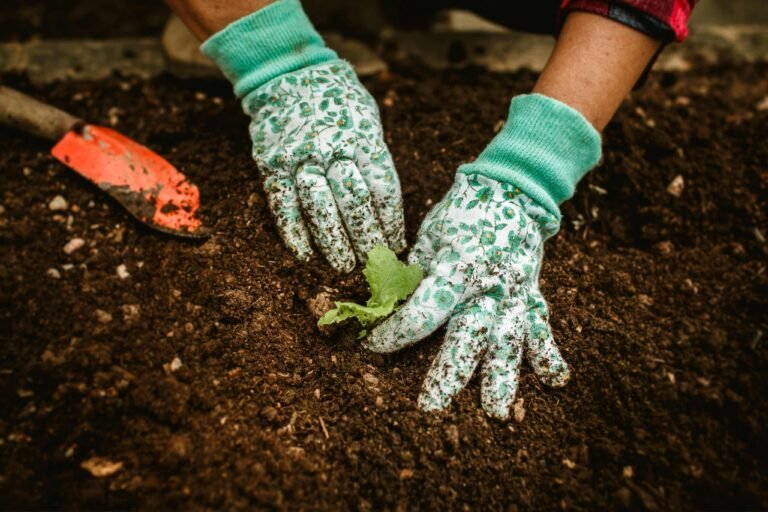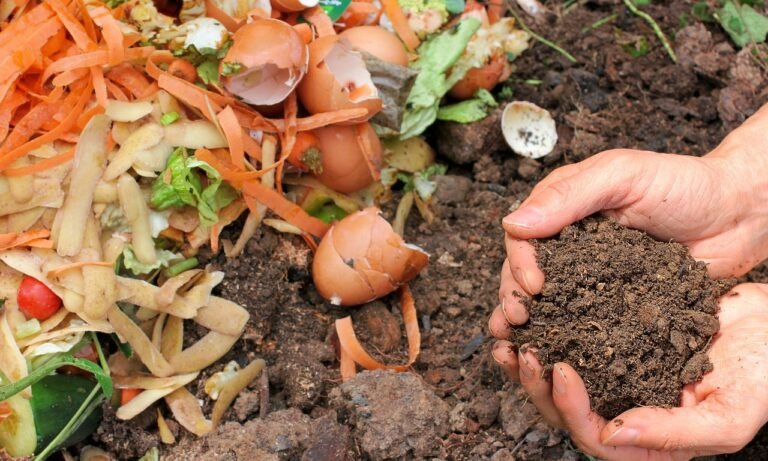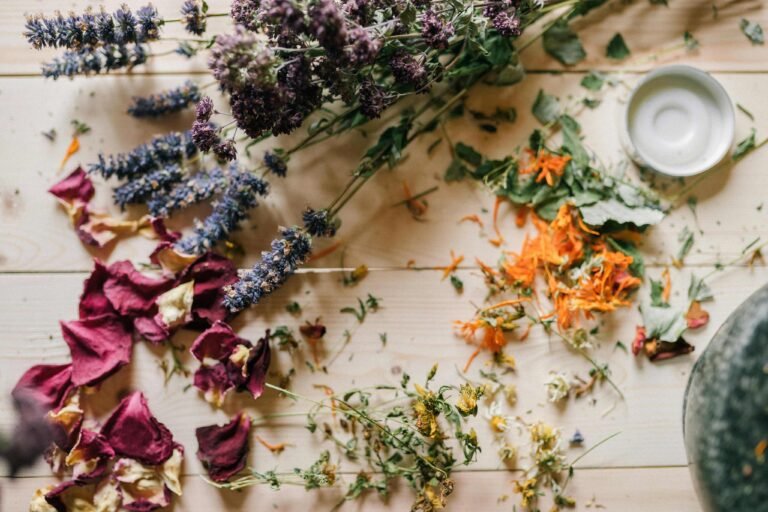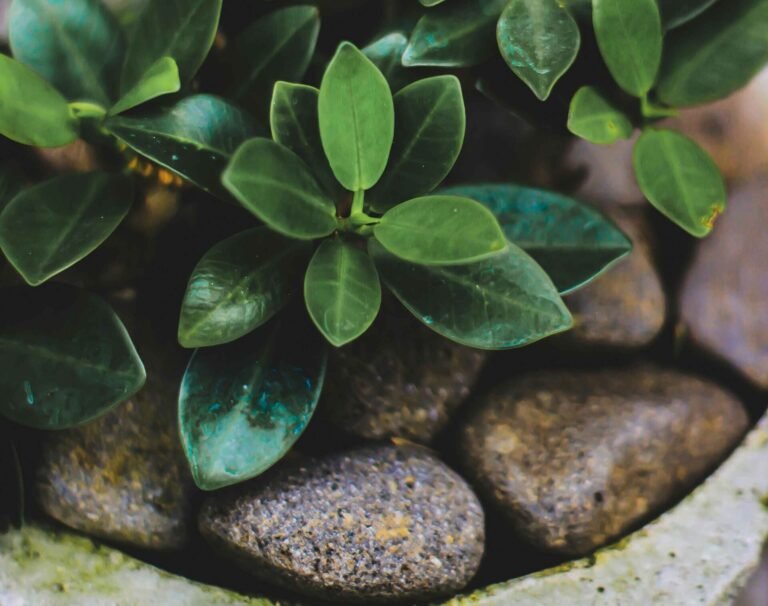The Secret to a Perfect Pot Drainage System: Let Your Plants Breathe
If you’re a plant enthusiast, you know that the health of your plants often starts below the surface—in the soil. Some of the most important things for plants to thrive are light, water, and air flow. But good soil drainage is often overlooked. If you don’t have good drainage, your plants will get root rot, suffocate, and die. But don’t worry—making the perfect drainage system in a pot is easier than you think! Let’s get started.
Why Is the Pot Drainage System so Important?
Imagine being in water up to your ankles for days on end. That’s how your plants feel when they can’t get rid of extra water in the pot. Roots also need air, just like they need water. The soil that stays wet stops air from moving, which makes your plant gasp for air (if plants could gasp). A proper drainage system ensures that your plant gets the moisture it needs without drowning in it.
Steps to Make the Perfect Pot Drainage System
Here’s a step-by-step guide to creating the perfect drainage system for your potted plants.
-
Choose the Right Pot
The foundation of good drainage starts with the pot itself. Always opt for a pot that has drainage holes at the bottom. These holes allow excess water to escape and prevent it from pooling around your plant’s roots. If you’re in love with a pot that doesn’t have any drainage holes (we’ve all been there), consider drilling holes or using it as a decorative cover for a well-drained pot inside.
Tip: Avoid pots made of non-porous materials like glass or metal, as they retain more moisture.
-
Use a Pot Liner
Pot liners act as a barrier between the soil and the pot’s bottom, allowing water to filter through while preventing soil from escaping. Coconut fiber mats or coffee filters make great DIY liners. Not only are they eco-friendly, but they also allow proper water flow while keeping your soil in place.
Tip: Cut your liner to fit the bottom of the pot snugly for optimal results.
-
Layer the Bottom with Rocks or Pebbles
Before adding soil, place a layer of small rocks or pebbles at the bottom of your pot. This trick helps create a gap for water to drain quickly, keeping it away from the roots. Aim for a layer about an inch thick, depending on the pot’s size.
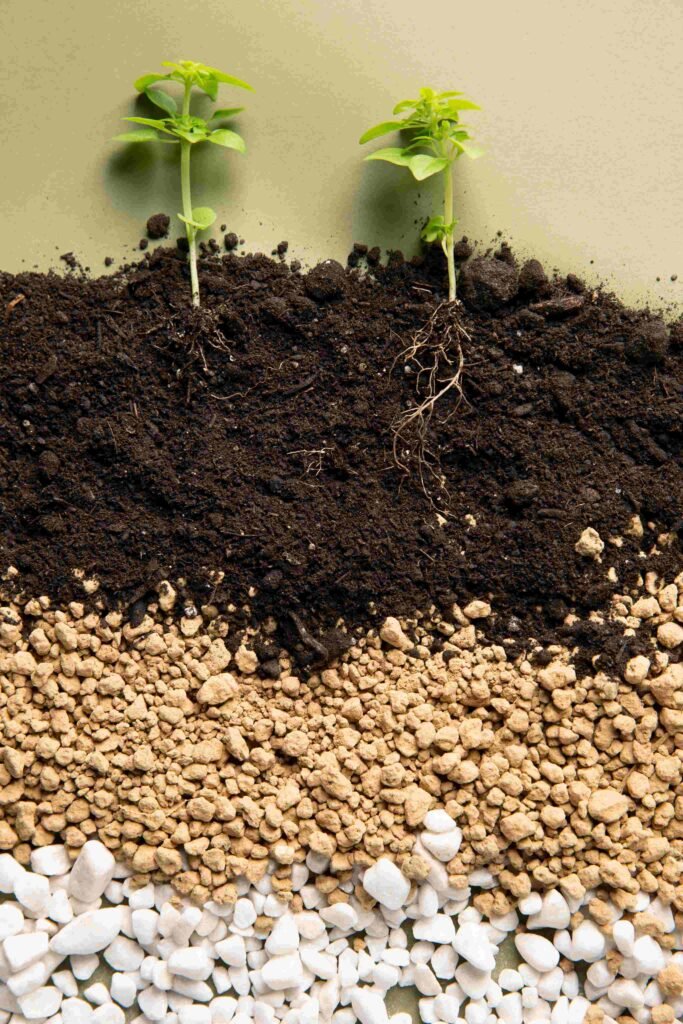
-
Choose the Right Soil Mix
Soil choice is just as important as drainage holes. Avoid using garden soil in pots because it tends to compact and retain too much water. Instead, opt for a well-draining potting mix. These usually contain materials like:
Perlite: A volcanic rock that improves drainage and aeration.
Sand: Adds grit to the soil, improving water flow.
Coconut Coir: A sustainable option that retains water while still providing good drainage.
For succulents or cacti, you can go the extra mile with special cactus mixes that offer maximum drainage.
-
Don’t Forget Mulch
Adding a layer of organic mulch, like bark or coconut husk, on top of the soil helps regulate moisture levels. Mulch helps retain some moisture but also keeps the top layer of soil from getting too compact, allowing for proper air circulation.
Tip: Keep an eye on the mulch to ensure it doesn’t retain too much water, as that can defeat the purpose.
Watering Habits Matter Too!
Even with the best drainage system, improper watering habits can still ruin your plants. Follow these simple watering tips:
Check soil moisture first: Stick your finger about an inch into the soil. If it feels dry, it’s time to water. If it’s still moist, hold off.
Avoid overwatering: Plants don’t need a constant supply of water. In fact, letting the soil dry out a bit between waterings promotes healthy root growth.
Water slowly: Instead of dumping water in all at once, water your plants slowly to allow the moisture to soak evenly through the soil.
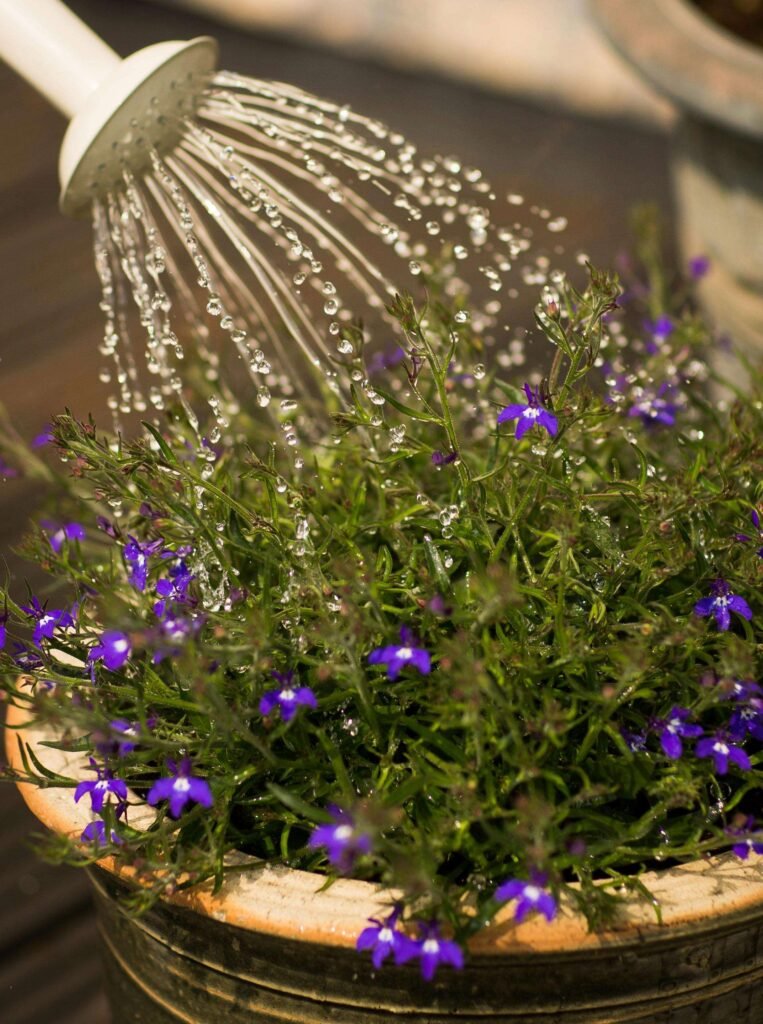
Final Thoughts
Creating the perfect drainage system in a pot isn’t rocket science, but it does require a little thought and planning. By focusing on proper pot selection, smart layering, and maintaining good watering habits, you can keep your plants healthy, happy, and thriving for years. Remember, just like humans, plants need balance. Too much water can be just as harmful as too little. So give your plants the best of both worlds: water and air in harmony.
Now, grab a pot, set up your drainage system, and watch your plants flourish! Happy Gardening!

